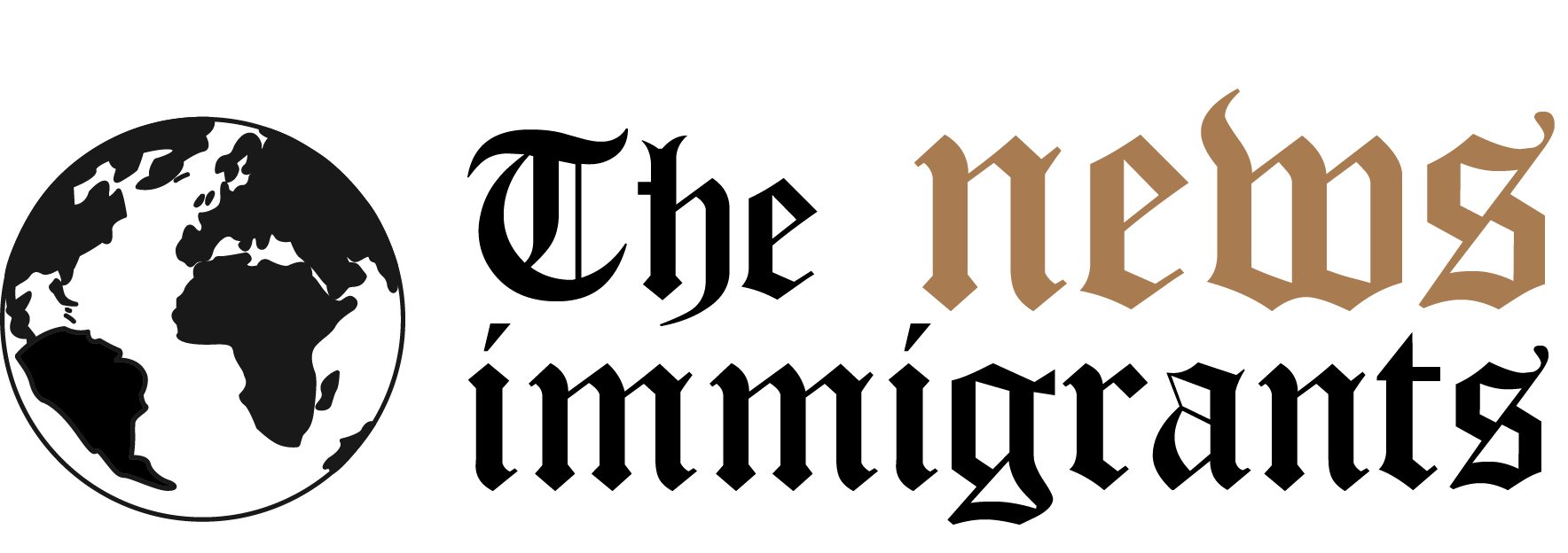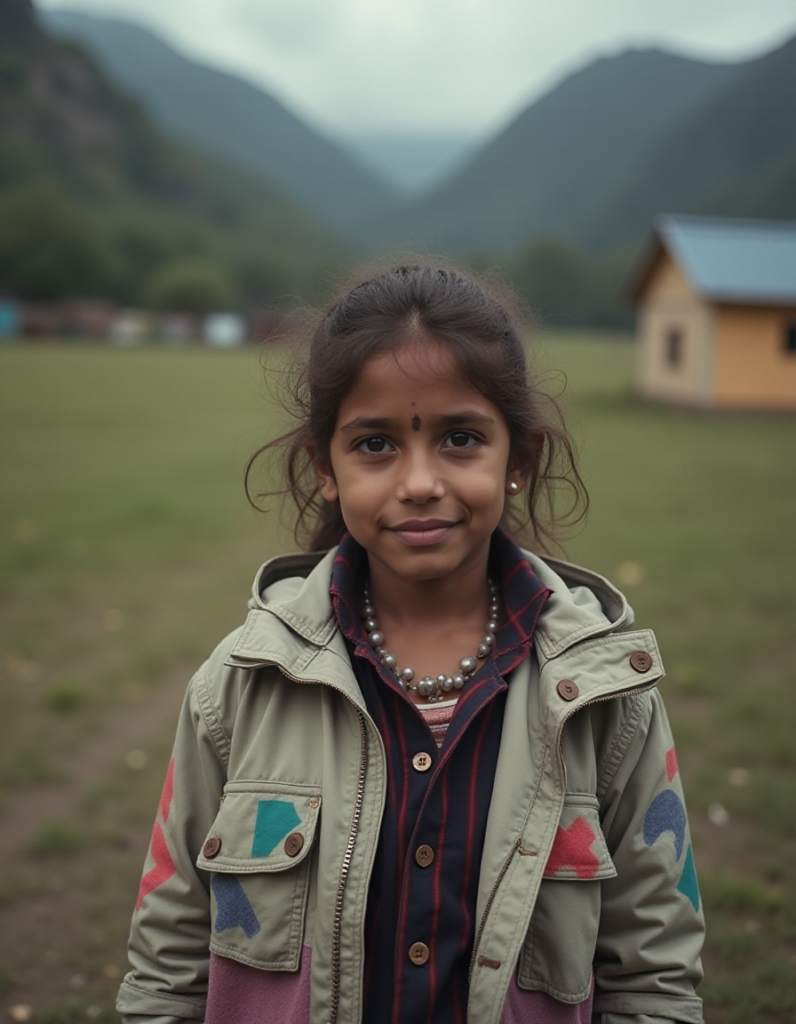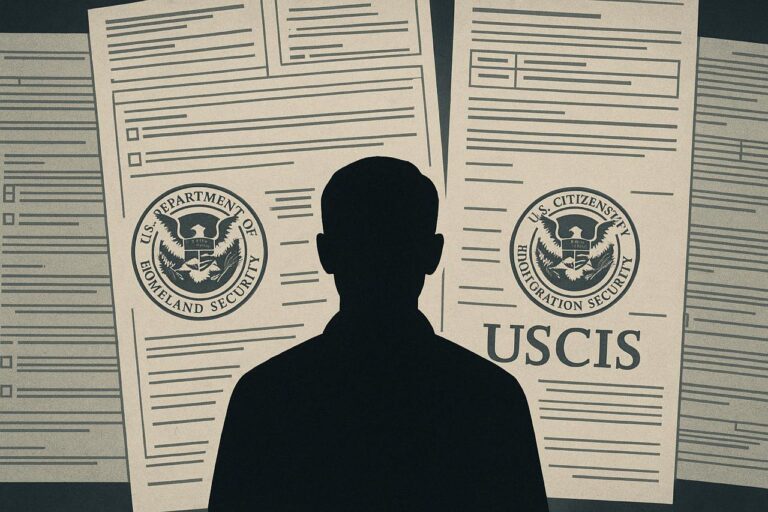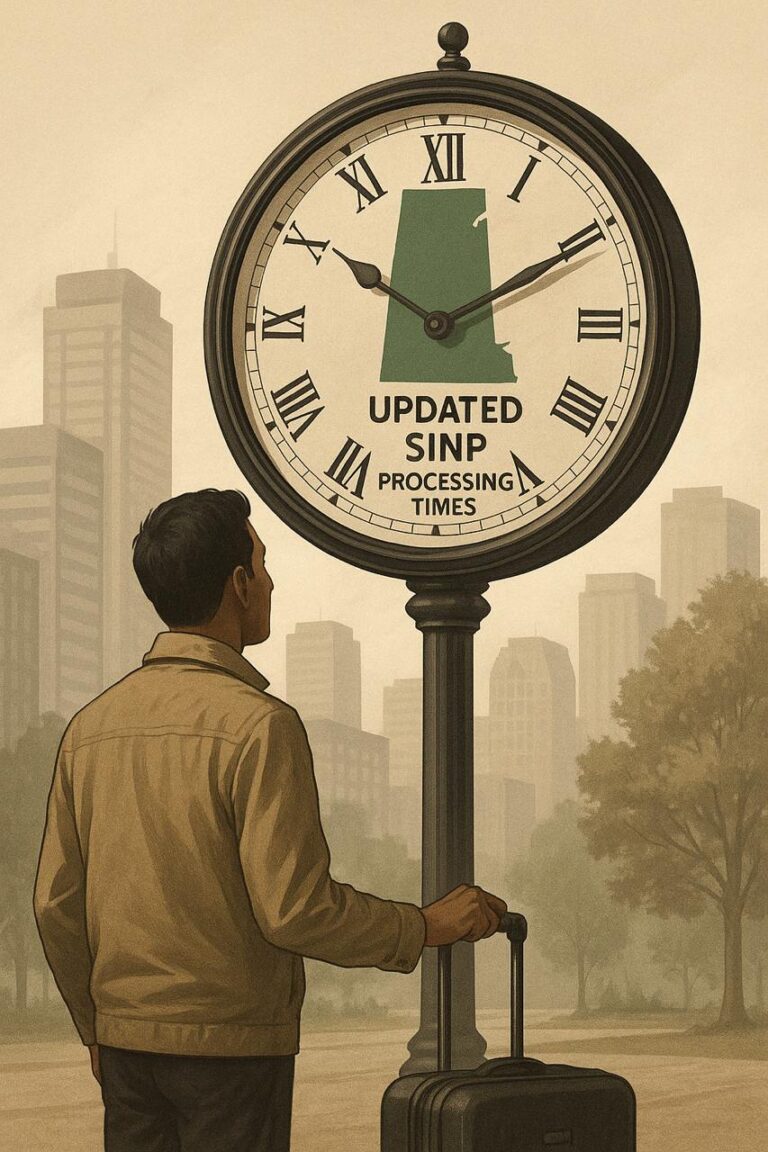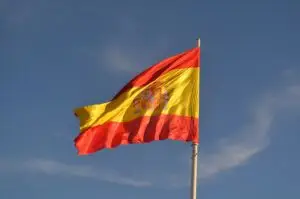Introduction
Canada is undergoing a significant shift in its immigration strategy, linking Provincial Nominee Program (PNP) allocations to refugee resettlement commitments by individual provinces. The new policy incentivizes provinces to take a more active role in humanitarian efforts while maintaining their ability to attract skilled economic immigrants.
The federal government has cut national PNP targets in half, reducing the number of economic immigrants who can enter Canada through provincial nominations. However, provinces can recover lost allocations by agreeing to resettle more refugees, creating a direct link between economic and humanitarian immigration streams.
Key Takeaways
✔ PNP Target Reductions: Canada has slashed PNP allocations from 110,000 in 2024 to 55,000 in 2025, forcing provinces to reassess their immigration strategies. ✔ Refugee Resettlement as a Condition: Provinces can regain lost PNP spots by committing to resettle more refugees within their jurisdiction. ✔ Newfoundland and Labrador’s Response: The province secured 1,000 additional PNP nominations by agreeing to settle 290 refugees over two years. ✔ Other Provinces Negotiating: Saskatchewan, Alberta, and British Columbia are in talks with Ottawa to strike similar agreements and recover lost PNP allocations. ✔ Impact on Workforce Planning: Provinces reliant on skilled immigrants must now balance their need for economic workers with the federal government’s refugee priorities.
How the New Policy Affects PNP Allocations
📌 Previously:
- PNP allowed provinces to nominate skilled immigrants for permanent residency based on regional labor market needs.
- Each province received a set number of nominations, helping attract engineers, healthcare professionals, and tradespeople.
📌 Now:
- The federal government has cut these allocations in half, forcing provinces to either reduce the number of economic immigrants they accept or participate in refugee resettlement.
- To recover lost PNP spots, provinces must commit to specific refugee intake quotas.
- Provinces that refuse to resettle refugees will face long-term reductions in skilled immigration slots.
📌 Why the Change?
- The federal government wants to ensure a balance between economic immigration and humanitarian commitments.
- This approach pushes provinces to actively support Canada’s refugee policies, rather than focusing solely on economic migration.
Which Provinces Are Affected the Most?
📍 Newfoundland and Labrador
- Has already agreed to settle 290 refugees in exchange for 1,000 additional PNP spots.
- The province sees this as a way to grow its population while addressing labor shortages.
📍 British Columbia
- Faces a major cut in PNP allocations, dropping from 8,000 to 4,000 for 2025.
- The reduction is expected to create delays in recruiting critical workers, including healthcare professionals.
📍 Saskatchewan & Alberta
- Are currently negotiating agreements to regain lost PNP spots.
- Both provinces have significant labor shortages in construction, healthcare, and skilled trades.
Potential Benefits and Concerns
📌 Benefits of the New Policy ✔ Encourages provinces to participate in refugee resettlement, ensuring a more equitable distribution of newcomers. ✔ Balances humanitarian and economic immigration, allowing Canada to meet its global refugee commitments while maintaining workforce needs. ✔ Expands population growth in smaller provinces, helping areas like Newfoundland and Labrador attract new residents.
📌 Concerns and Challenges ⚠ Disrupts Workforce Planning: Provinces that rely on skilled immigration may struggle to meet labor market demands. ⚠ Creates Uncertainty for Employers: Companies hiring international talent face delays and limitations in recruiting workers. ⚠ Puts Pressure on Housing and Services: Refugee resettlement requires adequate infrastructure and resources, which some provinces may not be prepared for.
How This Compares to Other Immigration Models
📍 Australia: Has separate quotas for skilled workers and refugees, without linking the two streams. 📍 Germany: Focuses on integrating refugees into the workforce, but does not tie economic immigration numbers to humanitarian intake. 📍 United States: Has a fixed refugee cap and separate work-based immigration streams, keeping them independent of each other.
Canada’s new approach is one of the first attempts to merge economic and humanitarian immigration systems, creating a unique policy model.
What Happens Next?
🔹 Ongoing Provincial Negotiations – More provinces are expected to strike deals with Ottawa to regain lost PNP spots. 🔹 Monitoring Refugee Resettlement Capacity – Provinces will need to ensure proper housing, healthcare, and employment opportunities for refugees. 🔹 Possible Policy Adjustments – If provinces fail to meet refugee quotas, the federal government may adjust allocations further.
Conclusion
Canada’s decision to link PNP allocations to refugee resettlement marks a significant shift in immigration policy. While the strategy encourages humanitarian participation, it also raises challenges for provinces dependent on economic immigration.
As negotiations continue, provinces must decide whether to accept refugee resettlement obligations or face long-term reductions in skilled immigrant quotas. This balancing act will shape Canada’s immigration landscape for years to come.
#Canada #ImmigrationPolicy #PNP #RefugeeResettlement
Source – canadaimmigration.news
